Ilias Papastratis
Multi-manifold Attention for Vision Transformers
Jul 18, 2022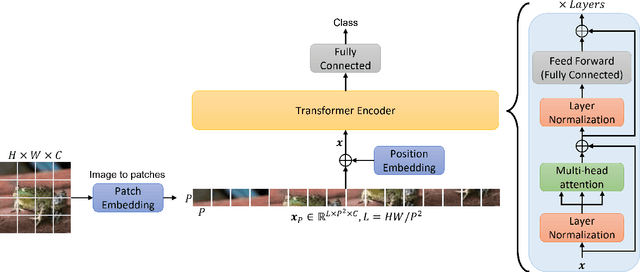

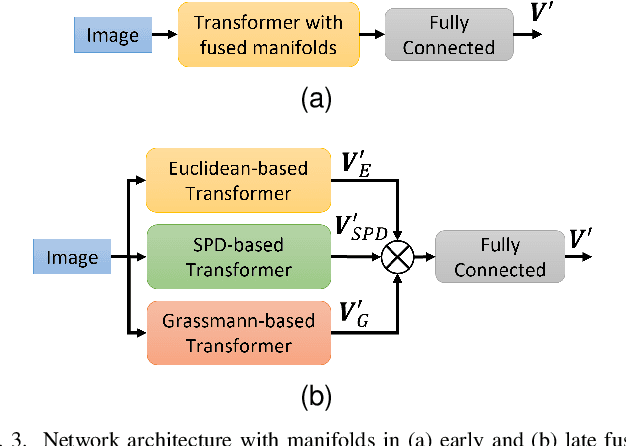
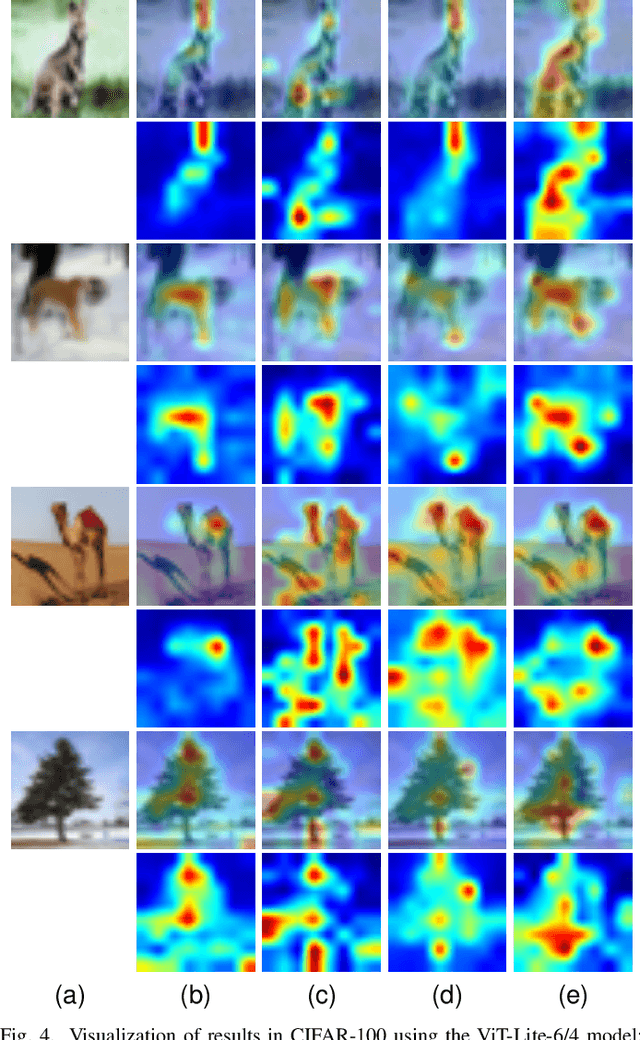
Abstract:Vision Transformer are very popular nowadays due to their state-of-the-art performance in several computer vision tasks, such as image classification and action recognition. Although the performance of Vision Transformers have been greatly improved by employing Convolutional Neural Networks, hierarchical structures and compact forms, there is limited research on ways to utilize additional data representations to refine the attention map derived from the multi-head attention of a Transformer network. This work proposes a novel attention mechanism, called multi-manifold attention, that can substitute any standard attention mechanism in a Transformer-based network. The proposed attention models the input space in three distinct manifolds, namely Euclidean, Symmetric Positive Definite and Grassmann, with different statistical and geometrical properties, guiding the network to take into consideration a rich set of information that describe the appearance, color and texture of an image, for the computation of a highly descriptive attention map. In this way, a Vision Transformer with the proposed attention is guided to become more attentive towards discriminative features, leading to improved classification results, as shown by the experimental results on several well-known image classification datasets.
Ablation study of self-supervised learning for image classification
Dec 04, 2021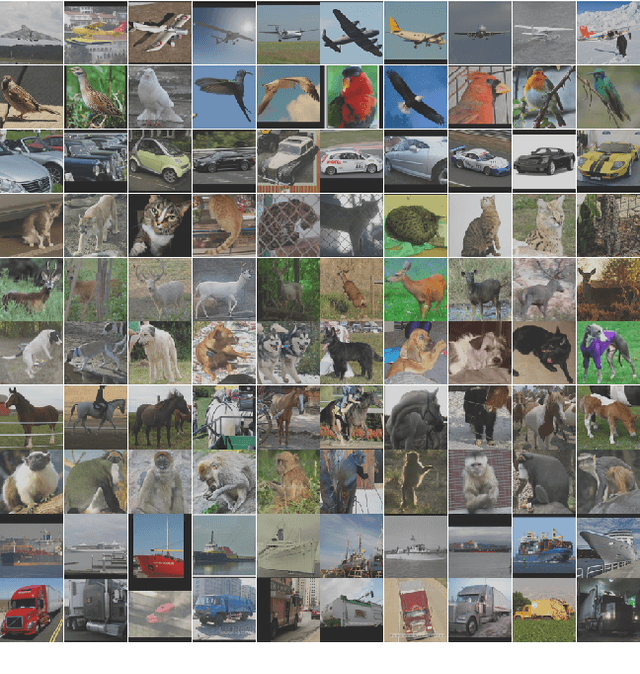


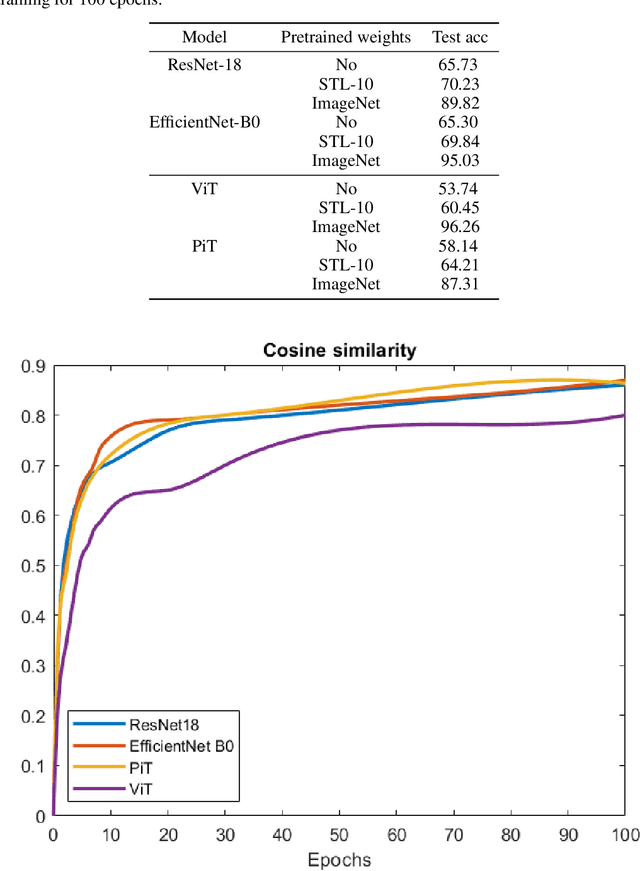
Abstract:This project focuses on the self-supervised training of convolutional neural networks (CNNs) and transformer networks for the task of image recognition. A simple siamese network with different backbones is used in order to maximize the similarity of two augmented transformed images from the same source image. In this way, the backbone is able to learn visual information without supervision. Finally, the method is evaluated on three image recognition datasets.
A Comprehensive Study on Sign Language Recognition Methods
Jul 24, 2020



Abstract:In this paper, a comparative experimental assessment of computer vision-based methods for sign language recognition is conducted. By implementing the most recent deep neural network methods in this field, a thorough evaluation on multiple publicly available datasets is performed. The aim of the present study is to provide insights on sign language recognition, focusing on mapping non-segmented video streams to glosses. For this task, two new sequence training criteria, known from the fields of speech and scene text recognition, are introduced. Furthermore, a plethora of pretraining schemes is thoroughly discussed. Finally, a new RGB+D dataset for the Greek sign language is created. To the best of our knowledge, this is the first sign language dataset where sentence and gloss level annotations are provided for a video capture.
 Add to Chrome
Add to Chrome Add to Firefox
Add to Firefox Add to Edge
Add to Edge